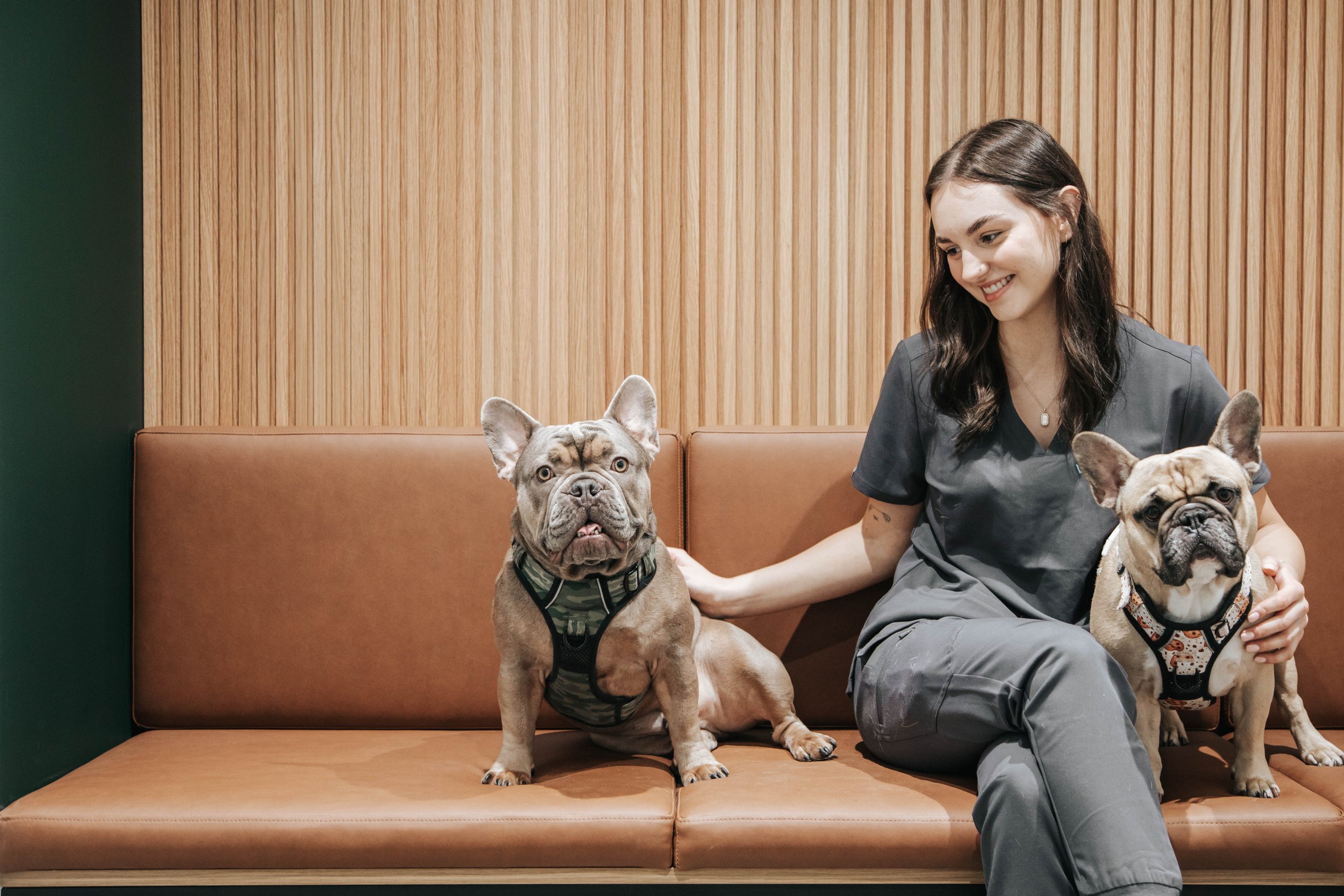BOAS in Dogs
Brachycephalic obstructive airway syndrome (BOAS), is estimated to affect half of all brachycephalic (flat-faced) dog breeds.
What is BOAS?
Breeds such as Bulldogs, Pugs, and Boxers are prone to a number of health problems, related to their short skulls and other characteristic features. These include narrower nostrils, smaller windpipes and excess soft tissues inside their nose and throat. This can obstruct breathing which in turn can lead to secondary complications including:
Laryngeal Collapse
Regurgitation
Hiatal Hernias
Brachycephalic obstructive airway syndrome (BOAS), is estimated to affect half of all brachycephalic breed dogs (flat-faced). The degree to which individual dogs are affected varies. Most of the time owners are completely unaware of signs their dog is suffering from this condition. Habits such as snoring, snorting and panting after even small amounts of activity are often incorrectly accepted as normal.
The constant difficulty to draw in air can also create destructive negative pressure inside the animals. Over time, this weakens harder structures such as the larynx, causing them to narrow or even collapse, further obstructing the airway.
How is BOAS diagnosed?
BOAS can only be accurately diagnosed by a combination of:
1. Exercise tolerance test
2. CT Scan of the head and internal structures and
3. Endoscopic visualisation of the throat and airways.
Step 1: Exercise Tolerance Test
This is the first step in determining whether your dog has BOAS. Ideally this should be performed when your dog is young - preferably between 6 months and 1 year of age BEFORE signs appear. If the results indicate a positive response then a CT Scan of your dog’s head is recommended.
Step 2: CT Scan / Endoscopic Visualisation of Throat and Airways
A CT scan shows the size and shape of the soft palate, how much space it occupies in the throat and the presence of Aberrant Nasal Turbinates that will block the nasopharynx. Endoscopy allows visualization of the airways to assess for changes in the diameter, collapse, or other secondary processes.
Step 3: Corrective Surgery
Early corrective surgery can help your dog breathe better and avoid the dangerous long-term side effects of BOAS. Depending on the severity of your dog's condition several interventions may be required.



